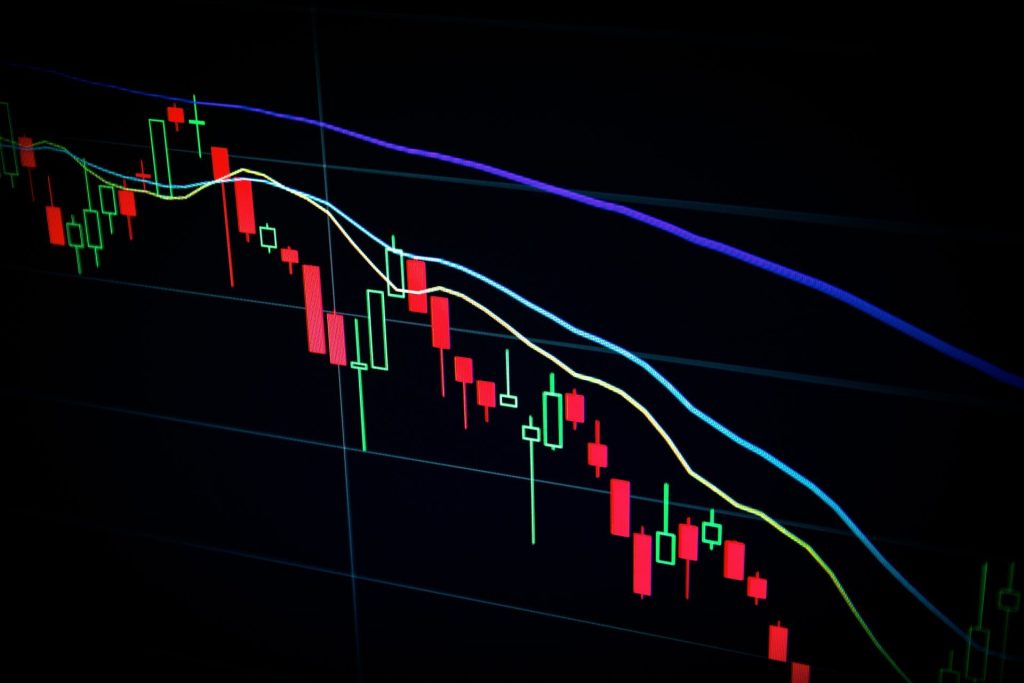Essential Facts About the S&P 500 Overview – Daily Business

The S&P 500 index is one of the most iconic financial benchmarks in the vast world of finance. For investors who desire to know what is happening in the market, it has become a daily ritual to see the S&P 500 today because it says a lot about economic health. It pulls together the most critical facets of this index, from the history of the S&P 500 to its coverage, performance measurement, and outlook. S&P 500 is for everyone, whether you are a seasoned investor seeking to gain entry into this field or someone who is just beginning here, and gaining your view on the S&P will help you make better investment decisions in the changing market landscape.

 Photo by Maxim Hopman on Unsplash
Photo by Maxim Hopman on UnsplashFoundation and History of the S&P 500
The S&P 500 dates back to 1923, when Standard & Poor’s began tracking up to a handful of stocks. However, the 500 large American companies that have become the pillars of this economy started to be launched under this index in 1957. The storage was intended to comprehensively cover the overall S&P 500 movements, as diversified sectors among large-cap companies were being tracked through the index.
Over the years, the S&P 500 performance has become the only preferred yardstick for measuring the market at large. It offers a broader view than the Dow Jones Industrial Average, which represents only 30 companies. It offers a more comprehensive picture of around 80% of the total market capitalization of all stocks traded in the United States. Hence, the S&P 500 rating reflects the true market conditions and trends in the economy.
Understanding the Composition of the S&P 500
Simply put, the S&P 500 is a collection of the 500 largest companies in America. Above and beyond that, however, there are special criteria for being selected into the existing index. It includes, but isn’t limited to, a maturity in market capitalization (now approximately $13.1 billion), sufficient liquidity, financial stability, minimum public float of shares traded on stock exchanges, and finally, that they have headquarters in the United States.
When looking at the S&P 500 stats, the most important thing to remember is that the index does market-cap weighting. This means that big companies carry much more weight in determining the index’s daily movements than small companies. For instance, technology giants often have a terrific influence on the daily S&P 500 performance figures because of their phenomenal market values. The committee that then manages this index regularly reviews and adjusts it accordingly due to company growth, shrinkage, merger, or failure. This dynamism ensures that the S&P 500 overview remains relevant to contemporary market conditions, proportionally representing the most important economic sectors.
America’s 11 Topmost Sectors within the S&P 500
Today, the S&P 500 is diversified over 11 major sectors, encompassing the broader economy. Over the years, information technology has ranked very high in the S&P 500 stats and holds relatively more than a quarter of the entire index value. This high concentration indicates the growing participation of companies in shaping the digital economy around them. Healthcare, Financial Services, and Consumer Discretionary also hold significant weightings, while Utilities and Materials typically appear as smaller slices of the index.
Such allocation will also help investors understand the S&P 500 in performance terms. For instance, when technology stocks experience an increase, the entire index follows the same uptrend, even if the other sectors are flat or down. With this perspective based on sectors, insight can move beyond the headline S&P 500 quote.
Benchmarks and Historical Performance
Fantastic historical performance patterns can be seen when one looks through the years in the S&P 500. Since its introduction, the index has posted average annual returns of about 10%. However, individual performance has fluctuated wildly from year to year. Sound reasons for taking such a long-term look at performance definitely strengthen the argument that the index is a benchmark for many investment portfolios and financial products.
Unlike many such major downturns in the S&P 500, including but not limited to those most severe, such as during the years 2000-2002, 2008-2009, and early 2020, the index would also ultimately rebuff such declines in most cases and reach new heights over longer periods. Everything about this resilience underpins the wisdom of patient and long-term investment strategies.
Important events in the S&P 500 stats include crossing 100 points in 1968, reaching 1,000 points in 1998, and achieving 4,000 points in 2021. These milestones represent not just figures but the mark of tremendous wealth accumulation for American companies over generations.
How the S&P 500 Is Calculated
The daily S&P 500 quote reflects a very complicated calculation rather than a simple average. The percentage of influence each company has on the index corresponds to its market capitalization, the total value of all outstanding shares. The index employs a divisor methodology to allow continuity in the event of certain corporate actions, such as stock splits or spinoffs, and even component changes.
This market-cap weighting means that movements in larger companies have greater effects on the overall index. In analyzing what the S&P 500 outlook represents today, investors will not lose sight of the effects of a few heavyweight companies making up much of the action, because it very well may be masking different trends among smaller components.
Conclusion
The S&P 500 has earned its reputation as the most widely followed equity index for good reason. It provides a comprehensive view of large-cap American business performance across diverse sectors. Understanding the nuances behind the daily S&P 500 quote helps investors contextualize market movements and maintain perspective during volatile periods.
As you monitor the S&P 500 today and consider its implications for your financial decisions, remember that this index represents more than just numbers—it reflects the collective output of hundreds of thousands of employees, billions in research and development, and the enduring innovative spirit of American enterprise. This broader perspective helps explain why the S&P 500 remains an essential reference point for investors worldwide.
#Essential #Facts #Overview #Daily #Business




